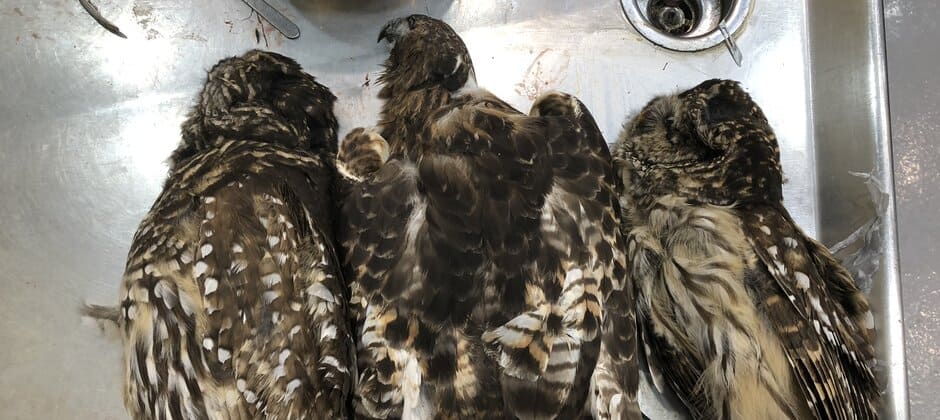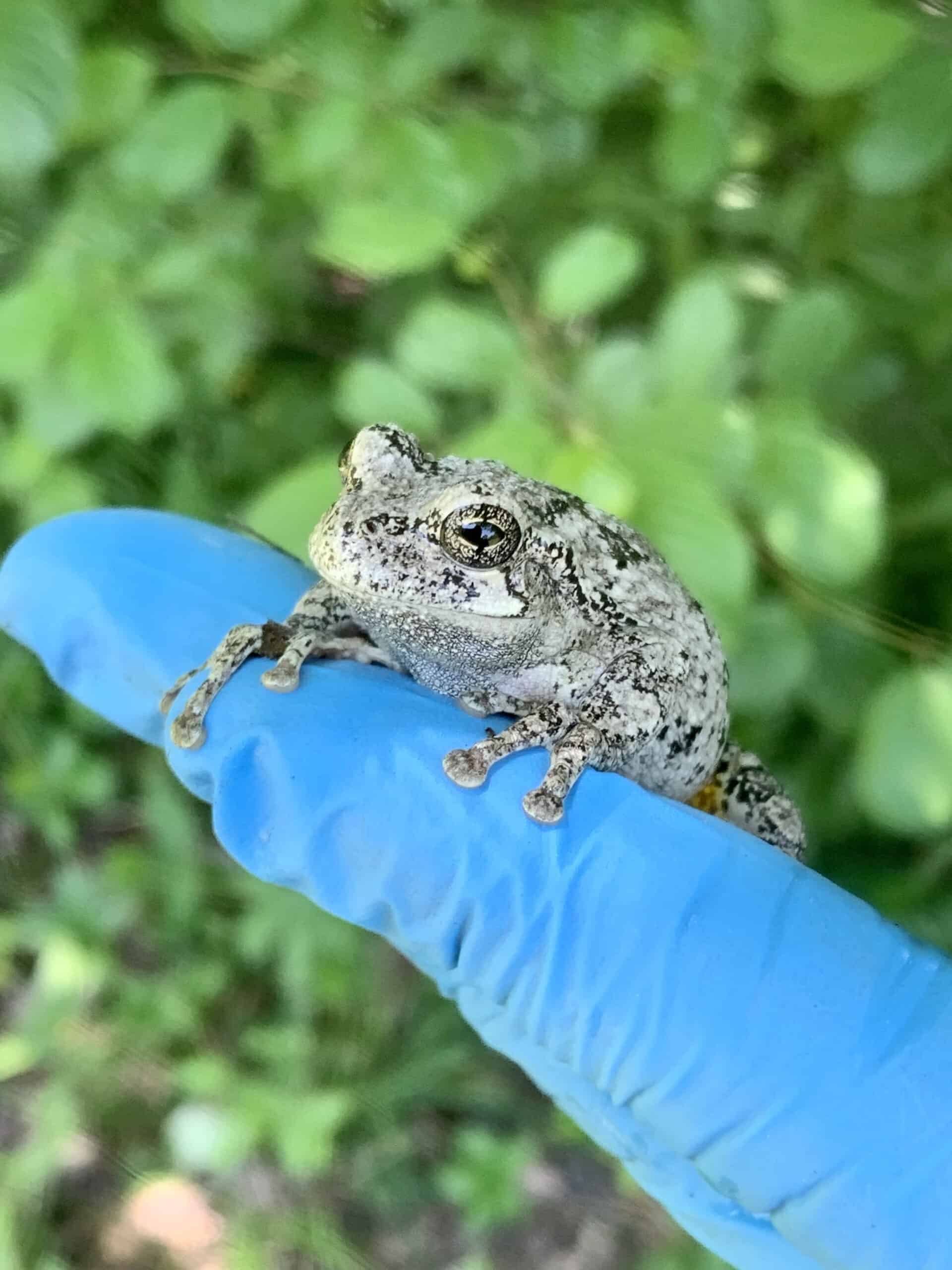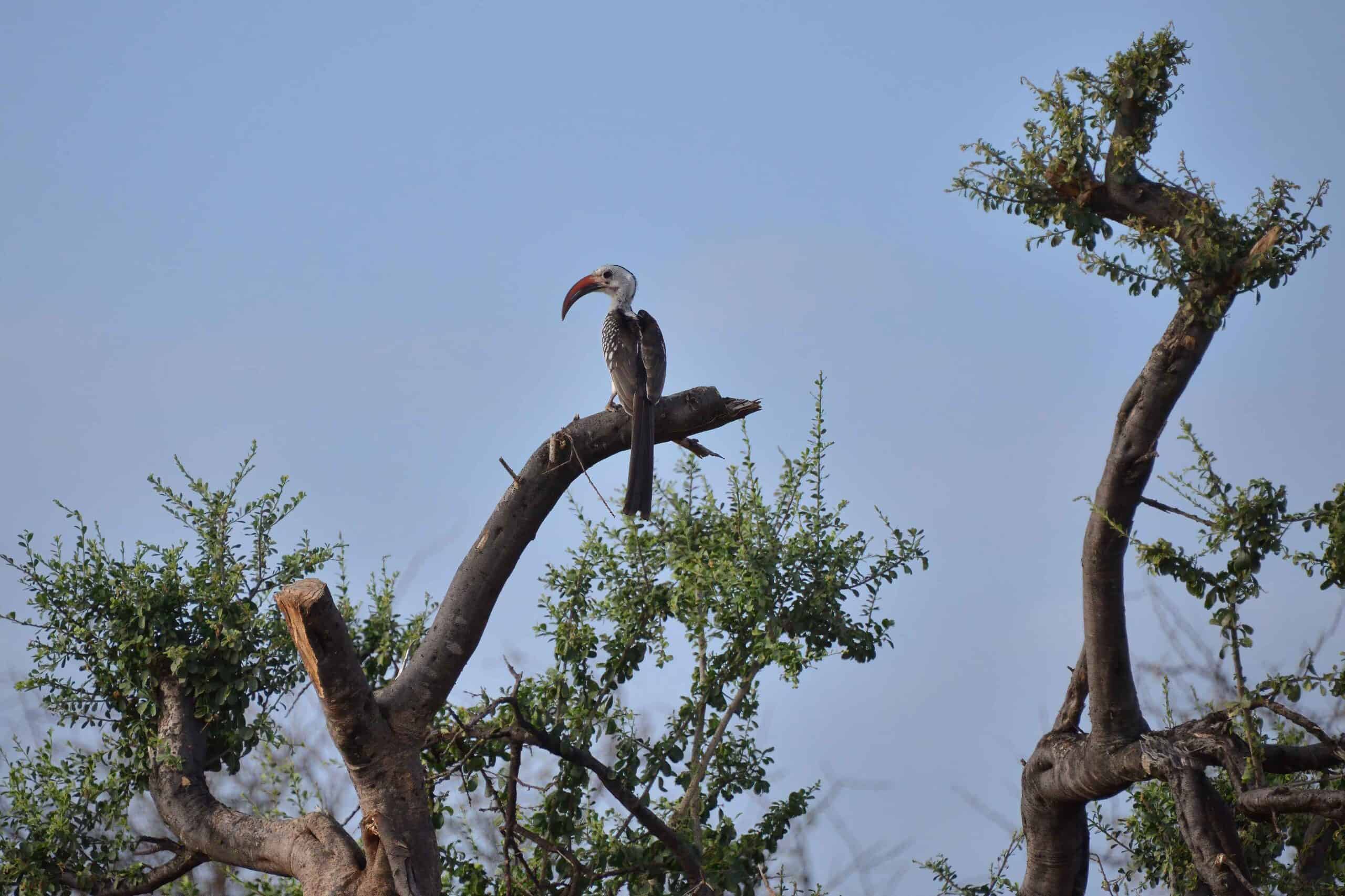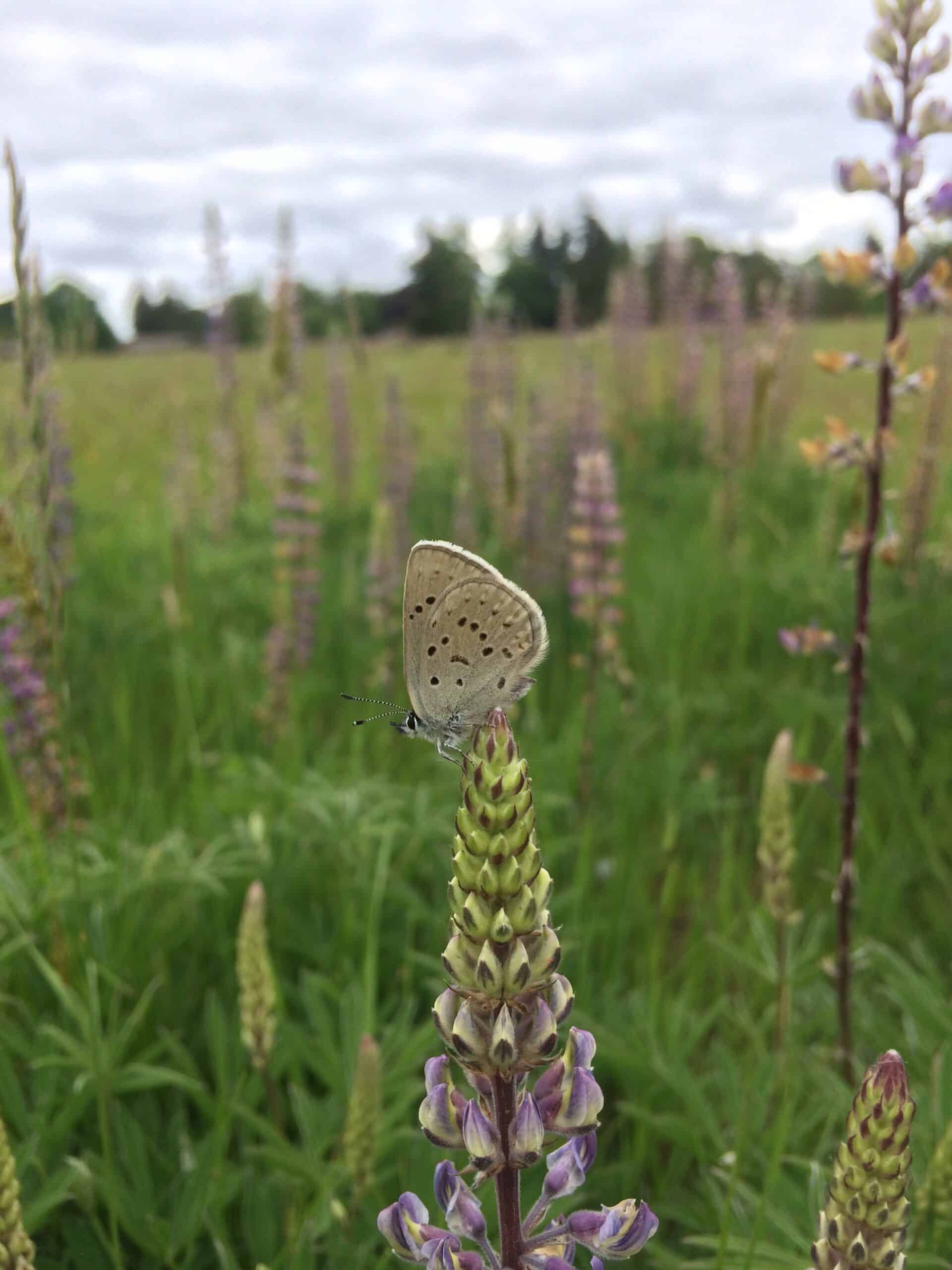Share this article
Raptors have high prevalence of cat parasite
Raptors in the U.S. have a high prevalence of a parasite found widely in cats that can also cause disease in infected humans.
According to new research, carnivorous birds might act as indicators of environmental contamination from the Toxoplasma gondii protozoan.
“Raptors are very good sentinel species for diseases in other wildlife because of their scavenging and sampling the environment,” said TWS member Richard Gerhold, an associate professor of biomedical sciences at the University of Tennessee and one of the co-authors of the study published recently in the International Journal for Parasitology: Parasites and Wildlife.
Toxoplasma gondii is a protozoan that causes toxoplasmosis, a disease that currently infects wide swaths of humanity. The effects aren’t well understood in humans, but toxoplasmosis has been linked to mental health issues like schizophrenia and neurological disorders like Parkinson’s disease, among a host of other possible issues. The U.S. Center for Disease Control and Prevention believes it to be one of the major causes of death attributed to foodborne illness in the United States, as people can consume meat of infected animals.
“The CDC considers it a neglected parasite,” Gerhold said, adding that the disease is often misdiagnosed. He said toxoplasmosis is under-researched, and what studies are being done are often underfunded.
The protozoan has also been found to infect almost every species researchers have examined for the parasite — from sea otters (Enhydra lutris) to white-tailed deer (Odocoileus virginianus) and nene geese (Branta sandvicensis). The parasite is only known to reproduce in felines. Infected cats shed oocysts, the protozoans in their reproductive stage, through its feces, which can then infect most other warm-blooded creatures that come into contact with it. Animals can also contract the parasite by eating meat of an infected feline or other animal, leading researchers to believe scavenging raptors to be particularly prone to the parasite.
Lead author Sawsan Ammar, a postdoctoral associate in biomedical and diagnostic sciences at the University of Tennessee, her supervisor Gerhold and other collaborators looked at how raptors might contribute to understanding the spread of the parasite.
They collected 155 carcasses from Pennsylvania, Tennessee and Florida from a host of different raptor species — from vultures to owls and falcons — between 2016 and 2018.
They found less than 21% of all the birds they examined had antibodies indicating infection from the parasite, but the proportion of birds with antibodies for the parasite varied with different species.
Owls — the most common of which they looked at were barred owls (Strix varia) — had the largest proportion of Toxpolasma gondii antibodies. About 75% of the carcasses examined by the researchers contained antibodies associated with the protozoan. About 45% of the falcons they examined such as the red-shouldered hawk (Buteo lineatus) had antibodies, while only 3.8% of vultures contained antibodies.
The latter was surprising for the scientists, who expected the scavengers they examined like black vultures (Coragyps atratus) and turkey vultures (Cathartes aura) would likely have a high prevalence of the protozoan.
“They have to be ingesting it based on their life strategy,” Gerhold said. But he speculated that the high acidity of vulture stomachs might protect them from the parasite the same way it protects the scavengers from other diseases. “It’s kind of cool that that co-evolution happened to protect them,” he said.
The high prevalence of the parasite in the other types of raptors further proves strength of transmission of the protozoan between wildlife species, he said.
Ammar said researchers are still unclear how the parasite might affect raptors. “Birds can be infected, but we still don’t know if they can have a disease,” she said.
The danger to humans from raptors is low unless they’re eating raw bird meat, Gerhold said. Most infections in people come from their cats.
But raptors could contract the disease from preying on infected mammals or birds. Gerhold said this study adds to the evidence that it’s safer to keep domestic cats indoors, as they are one of the main spreaders of the disease to other animals.
“The number one way to prevent cats from shedding toxoplasma [to wildlife] is by preventing predation,” he said.
Header Image: Raptors like these two barred owls (right and left) and one red-shouldered hawk (middle) were tested for Toxoplasma gondii. Credit: Sawsan Ammar








